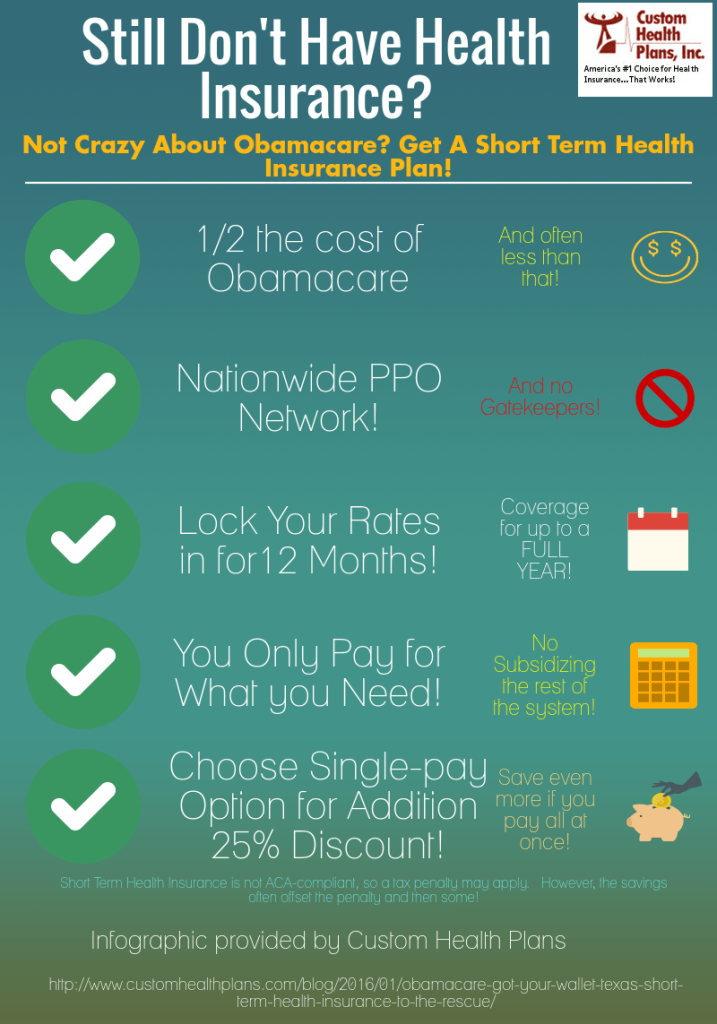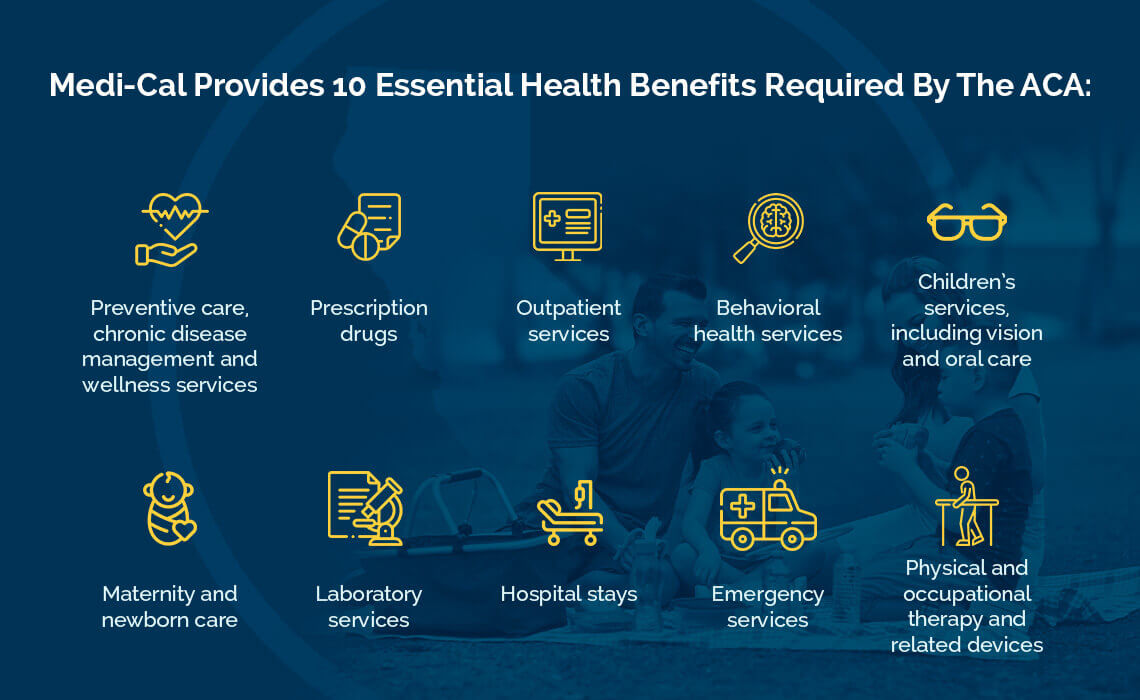All About Medicare Advantage Agent
All About Medicare Advantage Agent
Blog Article
What Does Medicare Advantage Agent Do?
Table of ContentsSome Ideas on Medicare Advantage Agent You Need To KnowEverything about Medicare Advantage AgentSee This Report about Medicare Advantage Agent

complies with from puzzling the reasonably young age account of the uninsured with the far better wellness, on average, of younger persons. This covers the web link in between wellness standing and medical insurance. For those without accessibility to office medical insurance, poor health and wellness is a possible obstacle to acquiring nongroup insurance coverage due to the fact that such insurance coverage may be highly priced, leave out preexisting conditions, or be merely unavailable. The number of without insurance Americans is not particularly big and has actually not changed in recent times. 7 out of 10 respondents in a nationally depictive survey assumed that less Americans did not have medical insurance than actually do(Fronstin, 1998). Approximately half(47 percent )believed that the variety of individuals without medical insurance lowered or stayed consistent over the last fifty percent of the last years(Blendon et al., 1999). This decrease of almost 2 million in the variety of individuals 'without insurance (a decrease
of around 4 percent)is definitely a favorable adjustment. With a softer economic climate in 2000 the current reported gains in insurance protection may not continue(Fronstin, 2001 ). The decline in the number of uninsured will not continue if the economy stays sluggish and wellness treatment costs proceed to outmatch rising cost of living. This is due to the fact that the information were collected for a duration of solid financial efficiency. Of the estimated 42 million people that were without insurance, almost concerning 420,000(concerning 1 percent)were under 65 years old, the age at which most Americans come to be eligible for Medicare; 32 million were adults between ages 18 and 65, about 19 percent of all grownups in this age; and 10 million were youngsters under 18 years of age, concerning 13.9 percent of all kids (Mills, 2000). These quotes of the number of persons without insurance are created from the yearly March Supplement to the Present Populace Study (CPS), conducted by the Demographics Bureau. Unless or else noted, national estimates of individuals without wellness insurance coverage and proportions of the populace with different kinds of coverage are based upon the CPS, the most widely made use of resource of quotes of insurance protection and uninsurance rates. These surveys and the price quotes they generate are described briefly in Table B. 1 in Appendix B - Medicare Advantage Agent. These studies differ in dimension and sampling methods, the concerns that are asked regarding insurance
Medicare Advantage Agent Things To Know Before You Buy
coverage, and the time period over which insurance policy coverage or uninsurance is determined(Lewis et al., 1998, Fronstin, 2000a ). Still, the CPS is specifically helpful due to the fact that it produces yearly quotes relatively rapidly, reporting the previous year's insurance protection approximates each September, and due to the fact that it is the basis for a constant collection of price quotes for more than twenty years, permitting for analysis of trends in insurance coverage over time.
:max_bytes(150000):strip_icc()/coordination-of-benefits-1850523021ff453f8f4f2e19a99324ea.png)
See This Report about Medicare Advantage Agent
Over a three-year duration starting early in 1993, 72 million people, 29 percent of the U.S. populace, lacked insurance coverage for at least one month. Within a single year(1994), 53 million people experienced at the very least a month without coverage(Bennefield, 1998a). Six out of every ten uninsured adults are themselves used. Although working does improve the chance that one and one's member of the family will certainly have insurance, it is not a warranty. Even participants of families with two permanent wage earners have nearly a one-in-ten opportunity of being uninsured (9.1 percent uninsured price)(Hoffman and Pohl, 2000 ). The partnership between health and wellness insurance and access to care is well developed, as recorded later on in this phase. Although the relationship between medical insurance and health and wellness end results is neither direct nor straightforward, a substantial scientific and health and wellness services research literature links medical insurance coverage
to better access to care, better high quality, and boosted personal and populace wellness standing. For instance, the second record, on personal health end results for uninsured grownups, is represented by the innermost circle of the number, while the 3rd record, on household well-being, encompasses the topics of the 2nd record yet emphasizes a different unit of analysis, namely, the family members. The sixth record in the collection will certainly provide info concerning methods and efforts embarked on locally, statewide, or across the country to attend to the lack of insurance policy and its unfavorable effects. Levels of analysis for examining the results of uninsurance. This discussion of medical insurance coverage concentrates mainly on the united state population under age 65 because basically all Americans 65 and older have Medicare or other public insurance coverage.
In addition, it focuses specifically on those with no discover this health and wellness insurance policy for any kind of size of time. The troubles encountered by the underinsured remain in some areas comparable to those dealt with by the without insurance, although they are normally much less extreme. Uninsurance and underinsurance, nonetheless, entail noticeably various policy issues, and the techniques for addressing them might vary. Throughout this research study and the five reports to adhere to, the main emphasis is on persons without medical insurance and therefore no support in paying for wellness care beyond what is readily available with charity and security net establishments. Medical insurance is a powerful factor influencing invoice of care due to the fact that both individuals and doctors respond to the out-of-pocket cost of services. Wellness insurance coverage, however, is neither essential neither adequate to get to medical services. Nevertheless, the independent and direct result of health and wellness
insurance protection on access to wellness services is well developed. Others will acquire the healthcare they require even without medical insurance, by paying for it out of pocket or seeking it from companies that provide treatment totally free or at very subsidized rates. For still others, health and wellness insurance alone does not make sure invoice of care due to various other nonfinancial barriers, such as a lack of healthcare companies in their neighborhood, minimal access to transport, illiteracy, or linguistic and cultural differences. Formal research regarding uninsured populations in the USA my latest blog post dates to the late 1920s and early 1930s when the Committee on the Cost of Treatment generated a collection of reports regarding funding medical professional office check outs and hospital stays. This concern became prominent as the varieties of clinically indigent climbed up throughout the Great Depression. Empirical studies constantly sustain the web link in between accessibility to care and enhanced wellness end results(Bindman et al., 1995; Starfield, 1995 ). Having a normal resource of treatment can be taken into consideration a forecaster of accessibility, instead than a straight step of it, when wellness results are themselves utilized as gain access to indications. This extension of the notion of access measurement was made by the IOM Board on Monitoring Accessibility to Personal Health And Wellness Care Provider(Millman, 1993, p. Whether parents are guaranteed shows up to affect whether their youngsters receive care along with how much careeven if the youngsters themselves have insurance coverage(Hanson, 1998). this link The wellness of moms and dads can impact their ability to care for their children and the degree of household tension. Fretting about their youngsters's accessibility to care is itself a source of tension for parents. 3 phases adhere to in this record. Chapter 2 provides a review of exactly how employment-based medical insurance, public programs and specific insurance plan run and engage to offer substantial yet incomplete insurance coverage of the U.S. population. This consists of a review of historic trends and public laws impacting both public and private insurance policy, a discussion of the communications among the various sorts of insurance policy, and an assessment of why people move from one program to an additional or wind up

Report this page